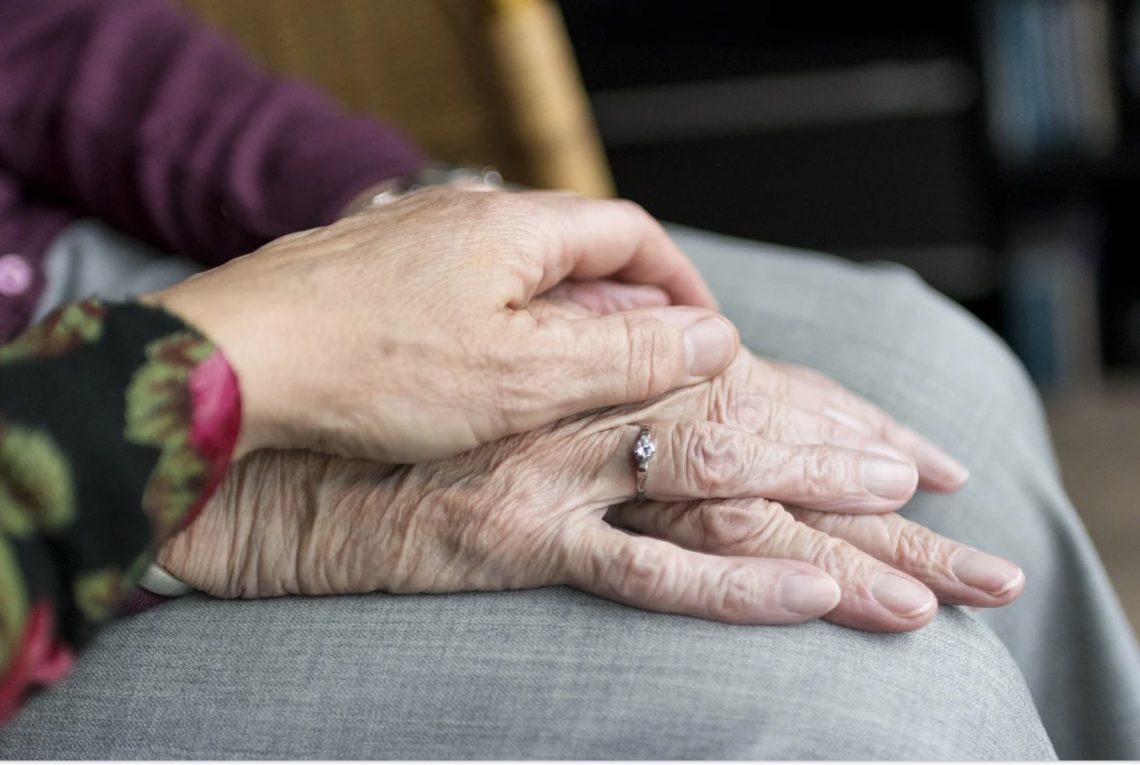
Taking your loved one to a nursing home may be one of the most significant decisions you will ever make. While you may want to stay with them at home, it becomes harder to cater for them as their specialized needs increase and they need around the clock monitoring.
However, you still have the responsibility and opportunity to ensure your loved one finds a place that will take care of them in a loving and caring manner. The increase in cases of nursing abuse means proper research is vital to ensure the welfare of your loved one.
Here is a guideline on how to go about the process and legal advice should you need to make claims on negligence.
1. Determine what you need
Get to know the needs of your loved one and determine with the help of healthcare professionals the right nursing home for him or her. It may be that they need help with a few day-to-day activities like dressing and bathing, on the other hand, they may need full assisted living services like skilled nursing for those with medical conditions or memory care for those with conditions like dementia. Besides that, you need to get their opinion of where they would prefer, whether in the suburbs or downtown areas.
2. Determine your budget
Having decided on the kind of institution that will serve your needs best, the next step is to determine how much you can spend for long-term care for your older relatives. The government provided insurance programs is complex and can take a lot of time on the waiting list, and your loved one may need to exhaust their assets to qualify for Medicaid.
3. Research using reliable sources to allow you to shortlist suitable places
Once you establish your needs and budget, the next step is looking for prospective options. While going straight to your browser’s search engine seems straightforward, it will not offer you the resources in terms of reviews and ratings you get from a government or reputable not-for-profit site’s resources.
You can start by using Medicare’s Nursing Home Compare Tool, A Place for Mom, Eldercare Locator, and similar resources. These will help you find sites based on their quality of service, type of care offered, cost, ratings, and inspection results along with any other information you need.
4. Arrange for visits
Once you have picked out your, shortlist you have to visit the prospective nursing homes to evaluate them first hand and settle on the right fit. While there you will need to consider and be on the lookout for the following aspects;
- The distance between the home from your location and those of other friends and relatives. A close facility allows you and your relatives to make frequent visits and keep your loved company and lift their spirits. It also provides for proper vigilance on their wellbeing, and even caretakers are aware you are involved in their lives.
- Check the staff to residents ratio to ensure there are enough caretakers to match the number of residents since, in most cases of resident abuse, the homes are usually understaffed. It is also essential to ensure the facilities have enough trained healthcare officials and the demeanor of all the staff points to people who have a passion for their job.
- Facilities and services provided can make a massive difference to the wellbeing of your loved ones. Ensure the home offers a range of physical activities and opportunities that keep the residents occupied. It should also be secure, and the quality of meals and the options available should also be preferable to your loved one.
- Finally, ensure to raise all concerns you may have, including what items your loved can bring over, medical attention provided, extra costs involved, and the security of the place as well as how complaints are addressed and resolved. Use these metrics and your gut assessment and pick a facility that inspires confidence in you.
How to file a claim for negligence
In case your loved is not accorded the care and services expected, and in unfortunate instances, he or she is abused, you should file a claim for negligence. The first part of this is collecting evidence of the neglect, which can be hard if your loved one is not in a position to describe the events.
However, get the medical reports, and pictorial evidence you may find as well as talking to other witnesses. Once you have documented this information and have a timeline for the abuse, you can contact several authorities to report the violation. These include;
- The police
- Adult Protective Care services
- State Long-Term Care Ombudsman Program
It is wise to consult an experienced attorney to help you document and frame your claim to receive justice and even compensation for your loved one. Stambaugh Law has over 30 years of experience in practice, and we can help you navigate the claims process. Call us today, and together we can pursue a plan to see your loved one receive justice for any abuse suffered.

